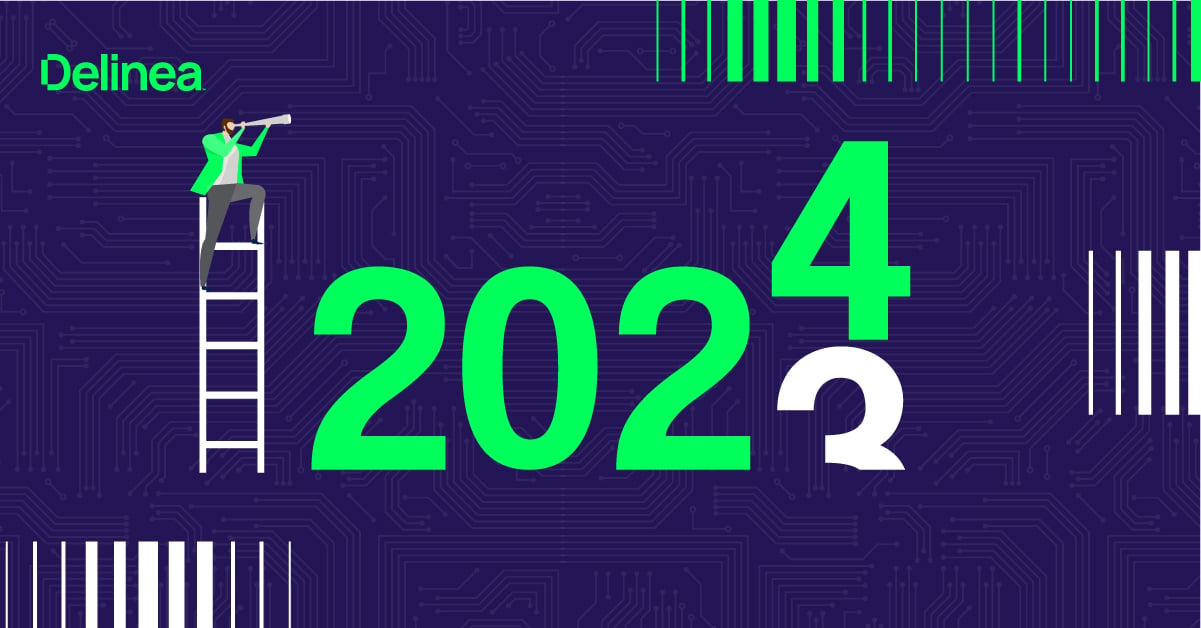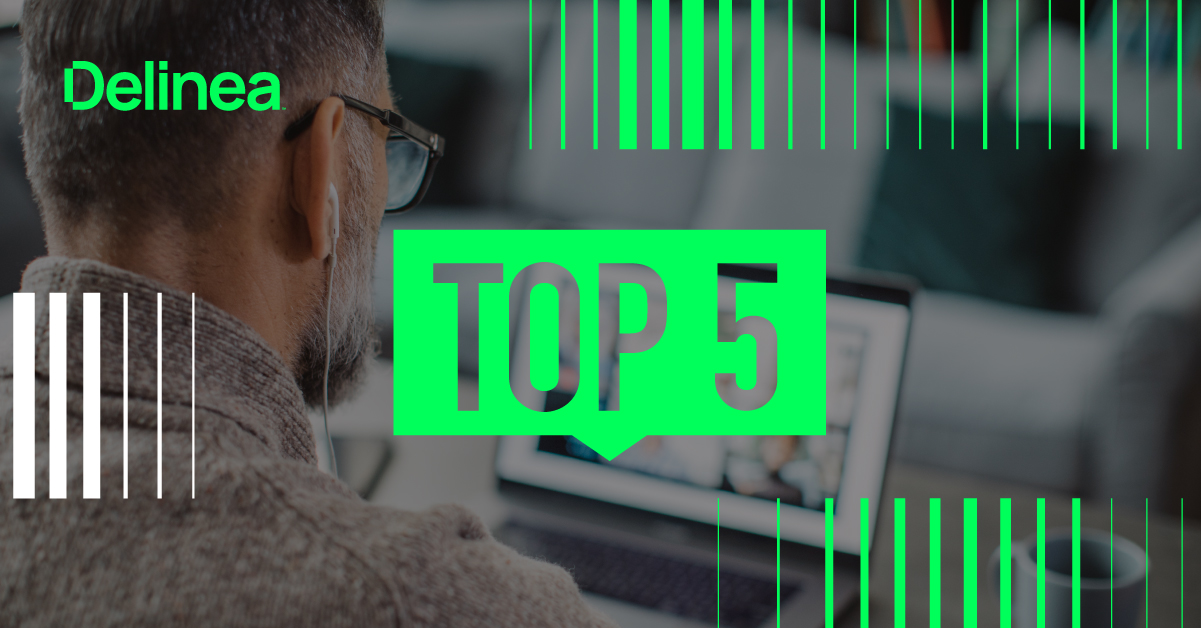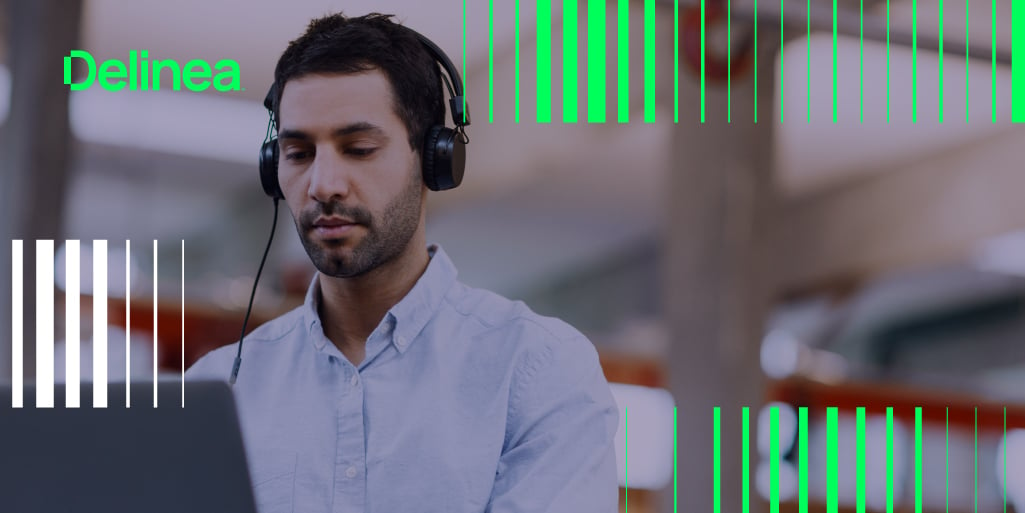2022: The year in review and cybersecurity trends
Another year in cyberspace has shown that cybersecurity continues to be a significant challenge for many governments, organizations, and citizens around the world.
Cybersecurity is a critical pillar that protects businesses and mitigates risks from malicious attackers who are vigorously looking for ways to gain remote access, steal credentials, elevate privileges, and exfiltrate sensitive data that could bring a business to a complete stop and result in significant financial costs. Reality check: Cyberthreats are trending up at the same time many businesses are becoming completely dependent on digital services.
Looking back on this past year’s developments, here are my Top 5 Cybersecurity Trends.
Top 5 Cybersecurity Trends in 2022
1. Information Wars and the Algorithms Social Bubbles
One of my predictions for 2022 was that we would very likely see a full cyberwar due to the rise in global tensions. I would say I was close, but not exactly spot-on. Today, with so many geopolitical tensions and conflicts around the world, we’ve seen a major increase in information wars. These information wars have become a vital factor in influencing how people see the world and what their beliefs are.
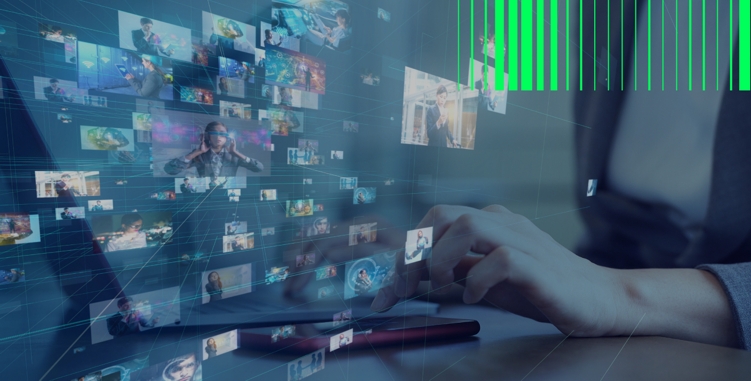
Algorithms are determining what data trends are in our social feeds and whom we are connected to, while simultaneously validating or denying our beliefs. Algorithms are often shaping our lives more than our education is, which is terrifying. As we look through our social feeds, we are forced to see what the algorithms want us to see, all to power our dopamine needs and keep us scrolling.
The reality is we are now living in an era of Information Warfare where our digital society is overtaking our real world.
2. Cyber Fatigue – Bypass MFA and Social Engineering
Cybercriminals look for the easiest ways to access an organization’s network or systems. They continue to look for the quickest and cheapest path that allows them to stay hidden under the disguise of an authorized employee.
Social engineering has trended upward for the past ten years, but in 2022 it skyrocketed to a whole new level. In response, more organizations have strengthened their security controls by adopting two-factor and multi-factor authentication (MFA) to reduce the risks associated with employees continuing to choose weak or repeated passwords.

As attackers face this increase in security controls, they’ve adapted their techniques in response, looking for ways to bypass these additional security challenges through social engineering and cyber fatigue. Cyber fatigue is when employees virtually give up the fight against cybercriminals due to feeling overwhelmed and helpless against cyber threats. Let this be a reminder to organizations and businesses that not all 2FA and MFA are equal.
Organizations need to find the right balance between security and productivity to reduce the risks of cyber fatigue, which can increase the risks of social engineering techniques being successful.
3. The Hybrid Workforce and Bring Your Own Office (BYOO)
COVID-19 introduced a new trend—the explosion of remote working. This accelerated the digital transformation to cloud services for many organizations. The result? A post-pandemic reality with a modern hybrid workforce.

The new working norm is employees going into the office three days out of the week, if at all. As a result, employee homes are becoming an extension of the workplace. This is the evolution from employees needing to Bring Your Own Device (BYOD) to Bring Your Own Office (BYOO).
4. The Rise of Cyber Insurance
Business leaders are looking to mitigate the risks from cyberattacks and ransomware, which for many has been devastating both in terms of business availability and financial stability. The need to reduce the financial burden of cyberattacks has seen many business leaders look to the cyber insurance industry as a safety net.

Cyber insurance has become a mandatory requirement for business resilience and continuity. A recent survey report from Delinea revealed that 33% of IT decision-makers applied for cyber insurance due to requirements from boards and executive management. Furthermore, their policies are getting a workout—almost 80% said they have had to use their cyber insurance, and over half of them said they’ve used it more than once.
With more cyber insurance policies being introduced and many businesses needing to use their policies, the cost of cyber insurance is rising and trending at alarming rates.
5. Deepfakes – Can you spot the difference?
The advancements made in the quality of deepfakes in 2022 are scary in that, with only a few images and audio clips available on the internet, an attacker can become a digital version of you.
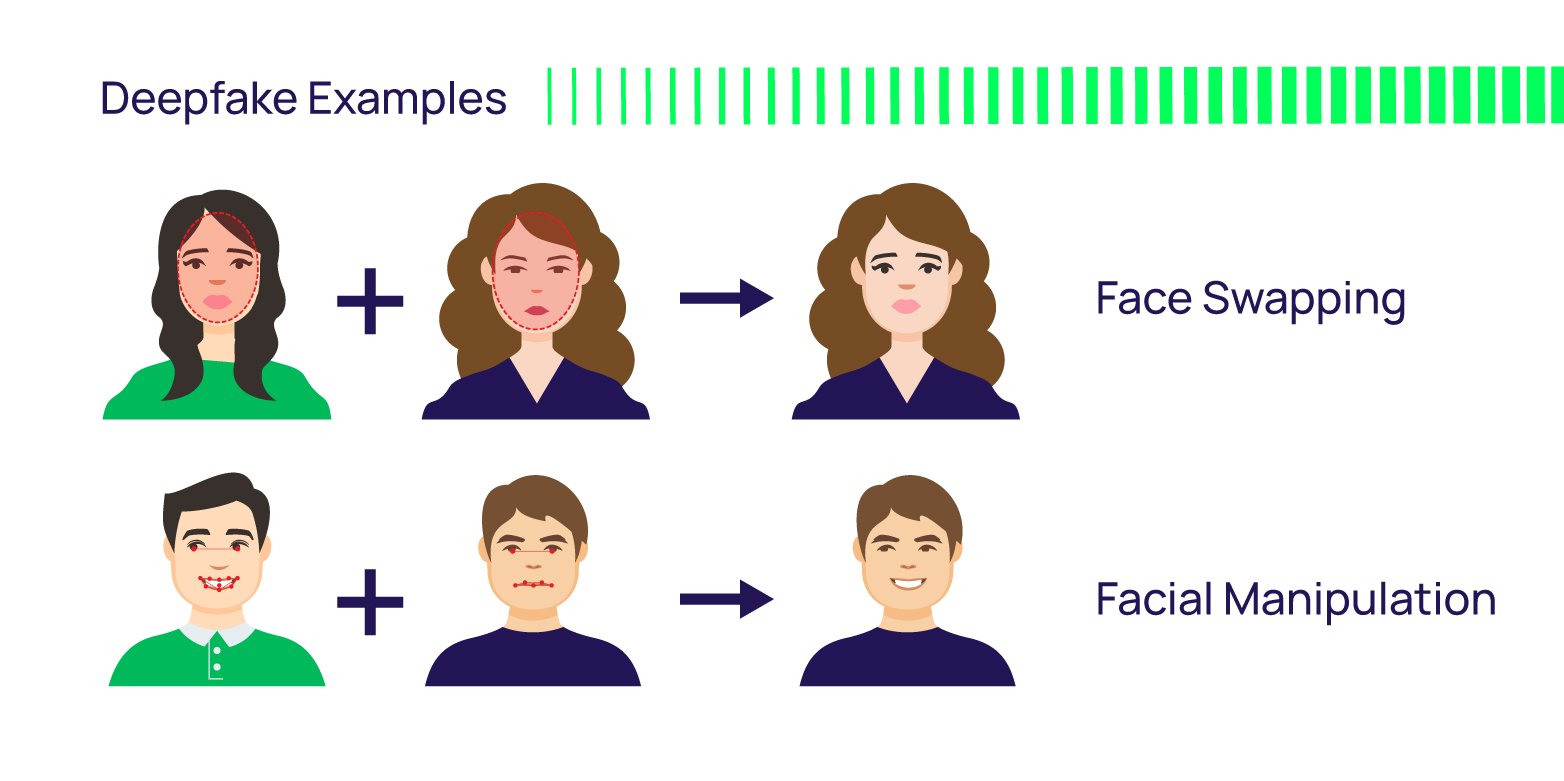
We've seen many deepfakes circulating on social media that make identifying the real original version almost impossible without technology assisting in analyzing the bits. We now must become aware that any digital video or audio must be validated for authenticity.
I hope you enjoyed my review of 2022 and the year's cybersecurity trends—we are living in very interesting times.
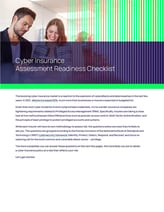
FREE CHECKLIST
Cyber incidents are growing and so are the requirements of cyber insurance providers
